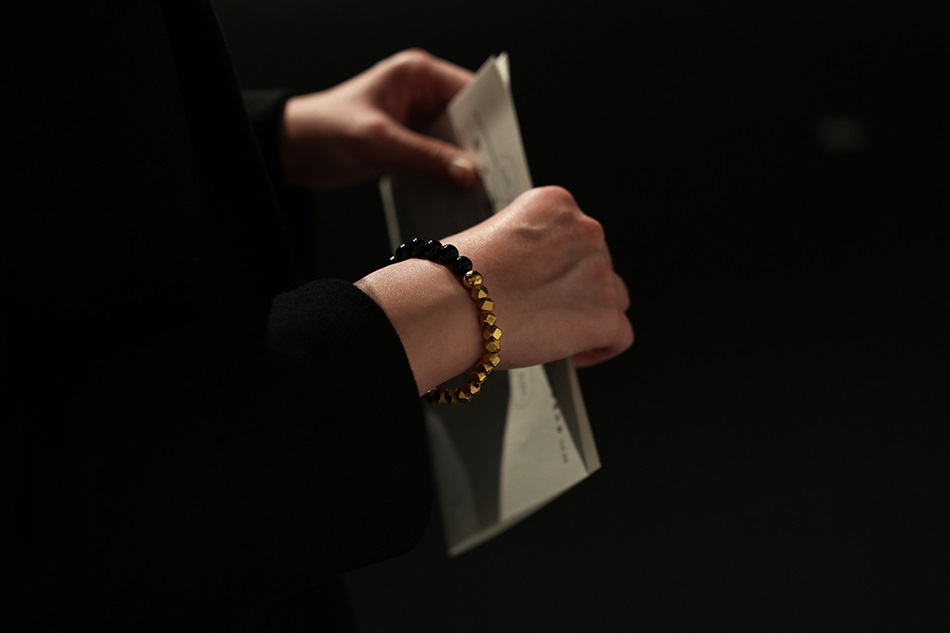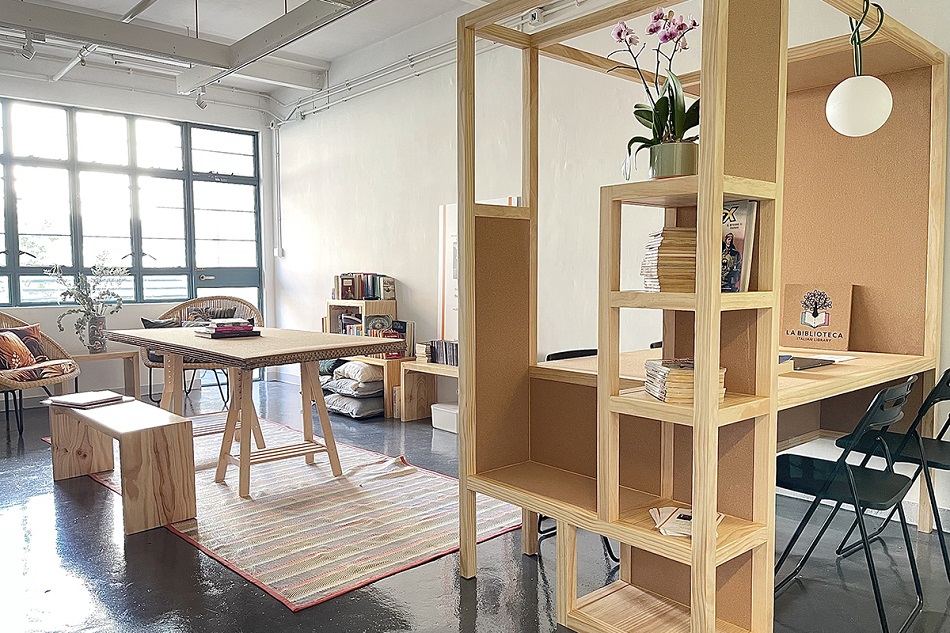PMQ Corner #38
Co-create the Community with Design Thinking Build Children’s Creative Confidence Through Creation
Kathier Choi Hing Ling, Vice Principal, Tin Shui Wai Methodist Primary School
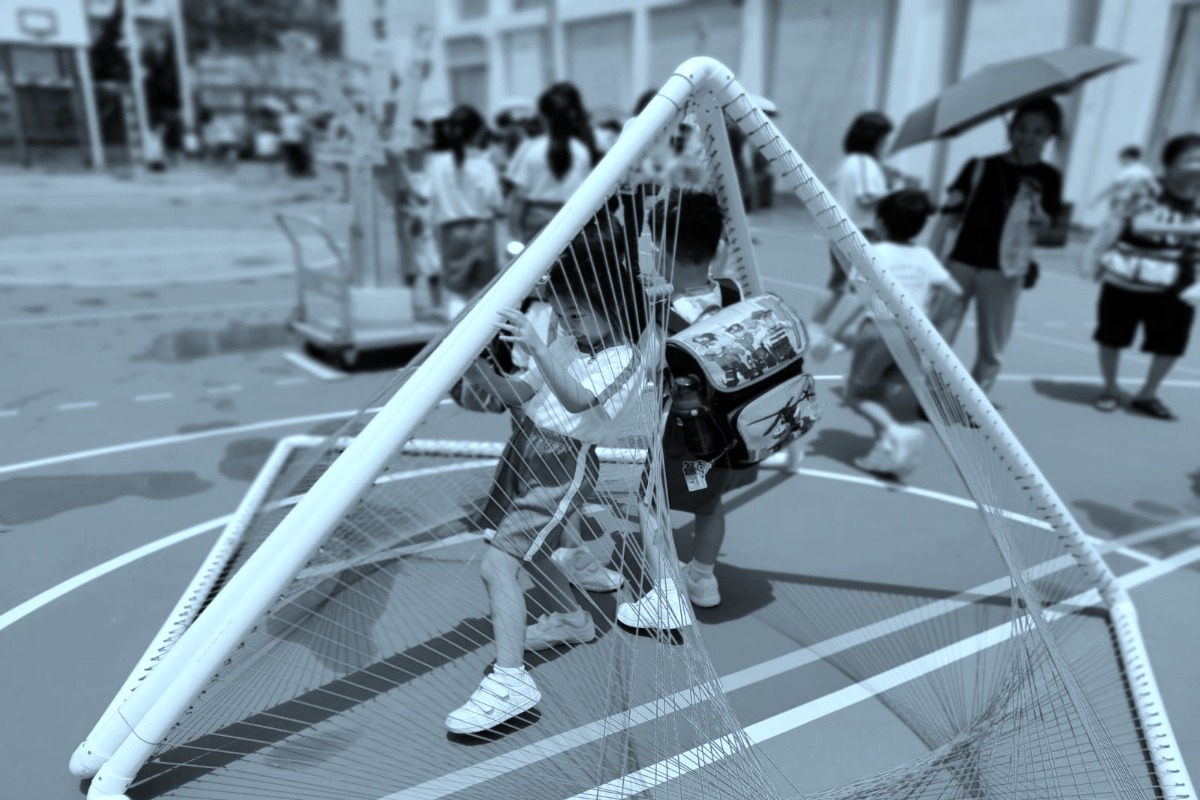
Written by: Kathier Choi Hing Ling, Vice Principal, Tin Shui Wai Methodist Primary School
Translated by: Derek Leung
Tin Shui Wai, despite its history of over 20 years developed from a fishing village, is a new town preserving the historical significance of its walled village culture and the high ecological value of the proximal wetland. Simply put, the town is relatively simple in the architectural term but very rich in humanity. That said, how can we have the students explore and feel its entirety?
We have recently been playing an active role in turning STEM (Science, Technology, Engineering and Mathematics) into STREAM by integrating Reading and Art. Happily teaming up with PMQ, we, represented by a group of 15 teachers and 24 students in primary 5, experienced a brand-new learning process and tried to dog into the discoveries and ideas in the neighbourhood with creativity and innovation through manual preparation and production which went through the steps of Empathize, Define, Ideate, Prototype and Test.
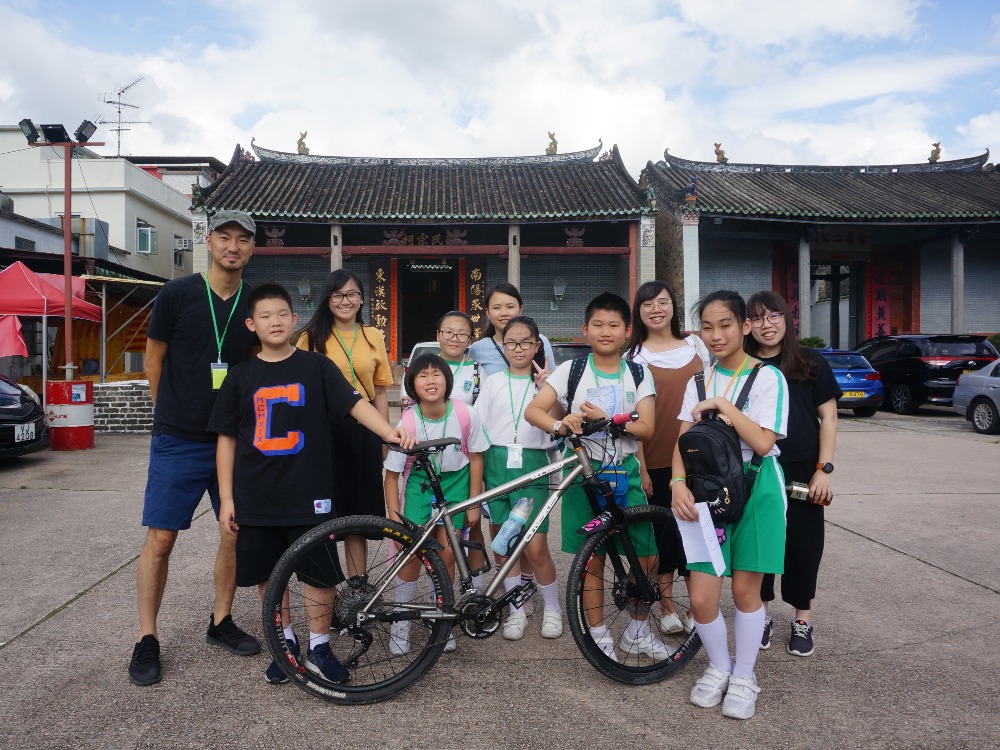
In Community. For Living
People from all walks of life have all sorts of needs. In order to experience and observe in the identity of workers, residents, learners and visitors, the students were first and foremost asked to list the needs of the above mentioned respective roles. To their surprise, they did not realize their limited understanding of the entire globe until they got in touch with the workers in the particular fields and listened to their respective stories. For instance an LRT driver's painful management of excessive lost & found items. Similarly, what the tour guide of Wetland Park expected more was the visitors’ appreciation of the ecological value of the small new town. The students' continued attention to the interviewees equipped them with a better understanding of and a stronger connection with the community, and most importantly a higher degree of empathy deeply rooted in their minds. The actual example was that the students reminded their fellows not to trouble the driver by leaving their personal belongings behind in the LRT carriage on their way back.
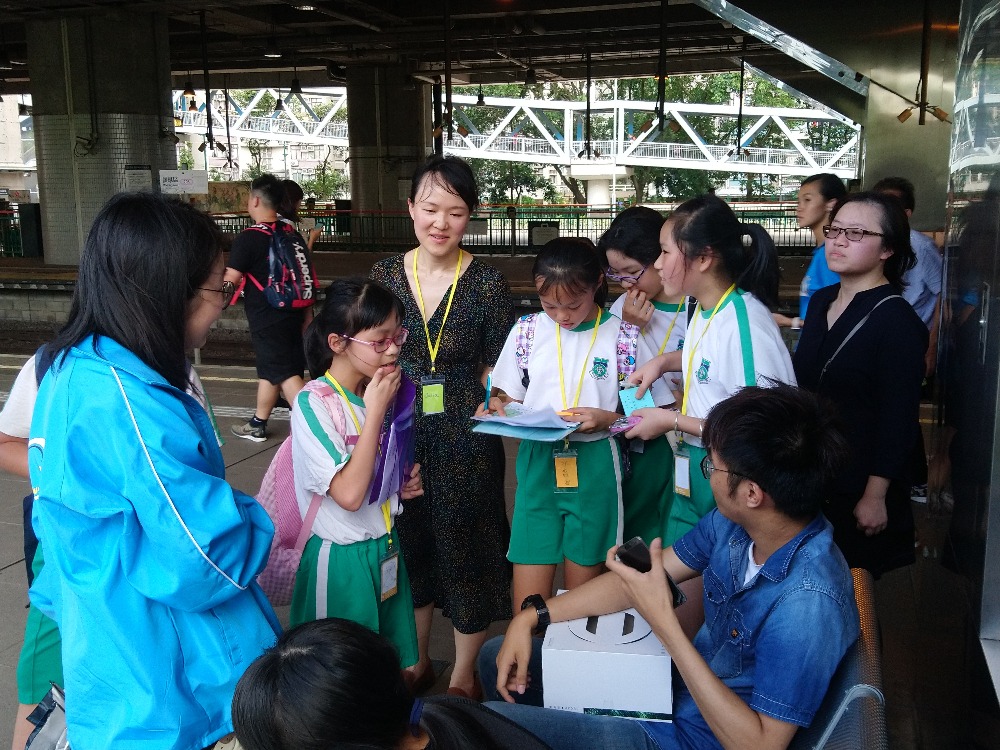

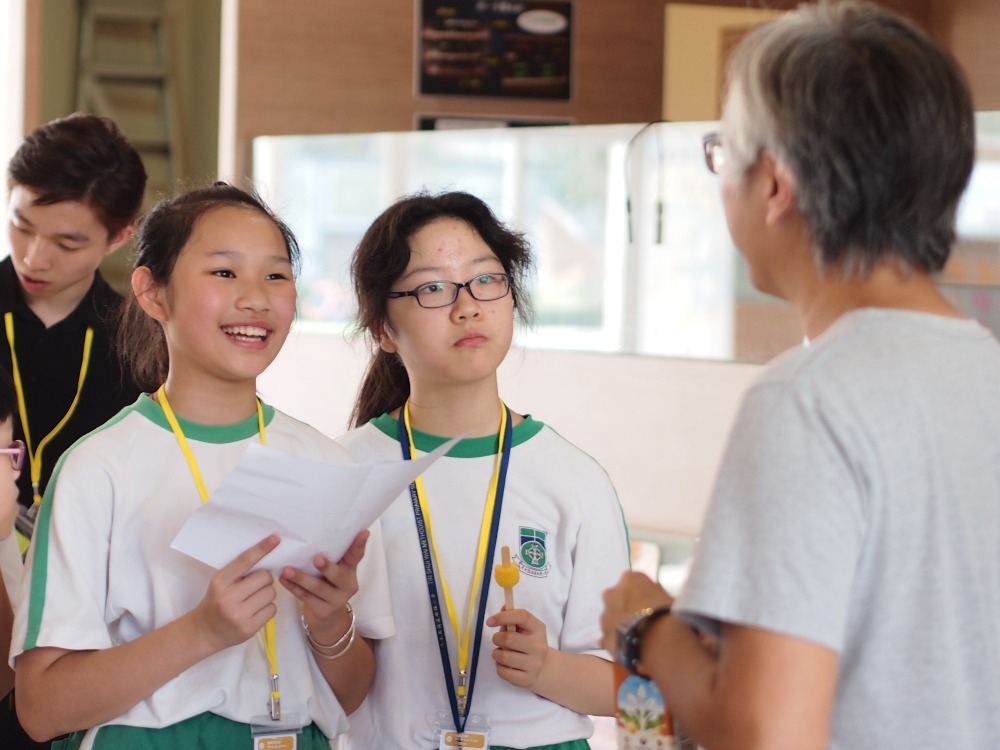
Innovation to Integration
Soon after, the PMQ mentors weighed in. Guiding the students to slowly integrate what they had thought, seen, heard and felt, the mentors helped the students identify the needs of the community, and solve problems in an innovative manner. In the programme, boundless creativity was seen but the students’ focus could easily be lost; tasks pending for completion were abundant, but the time, materials and technology were all the obstacles. Luckily, the hurdles did not last since different teams of expertise worked together for synergy. For example, steel bolsters were not available and eventually replaced with water pipes. The mentors being the learning facilitators did not top the students’ creativity, on the contrary they coordinated with and encouraged the students to try out and execute as much as possible. At the same time, it was as well a very interesting teaching experience for our teachers who participated in the programme.
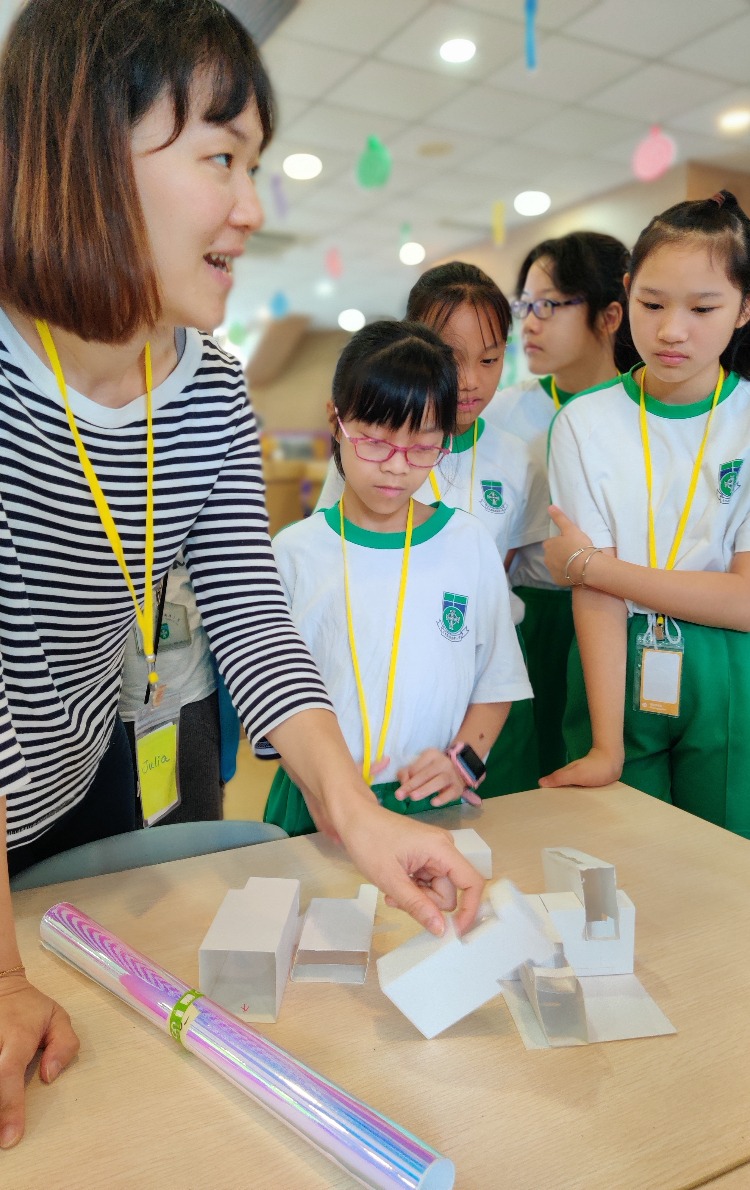
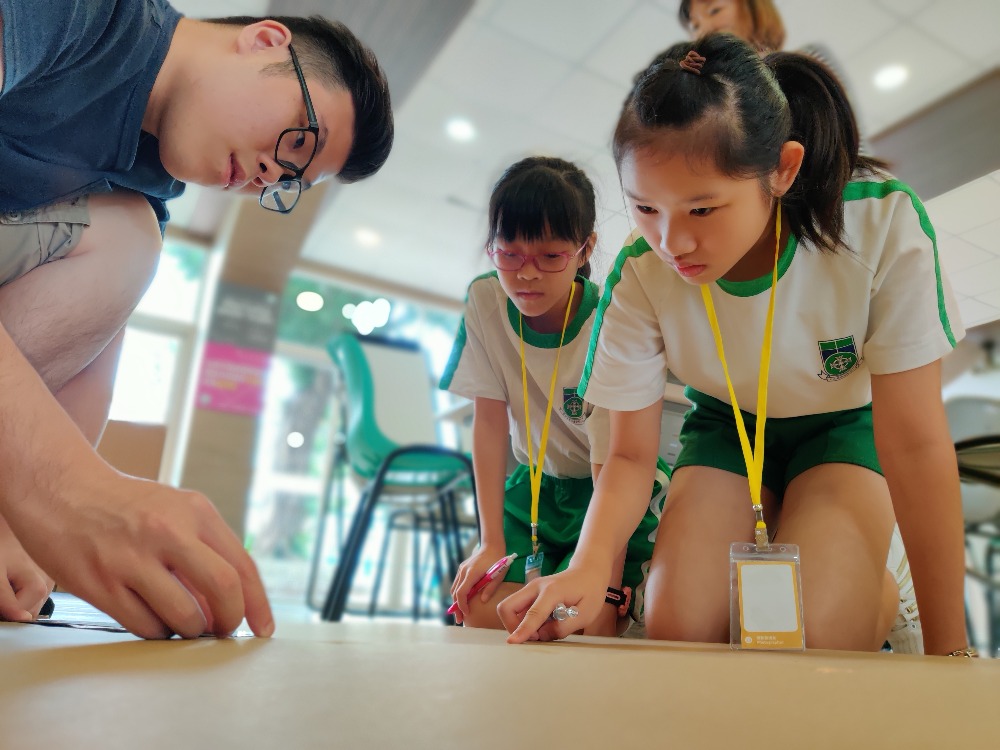
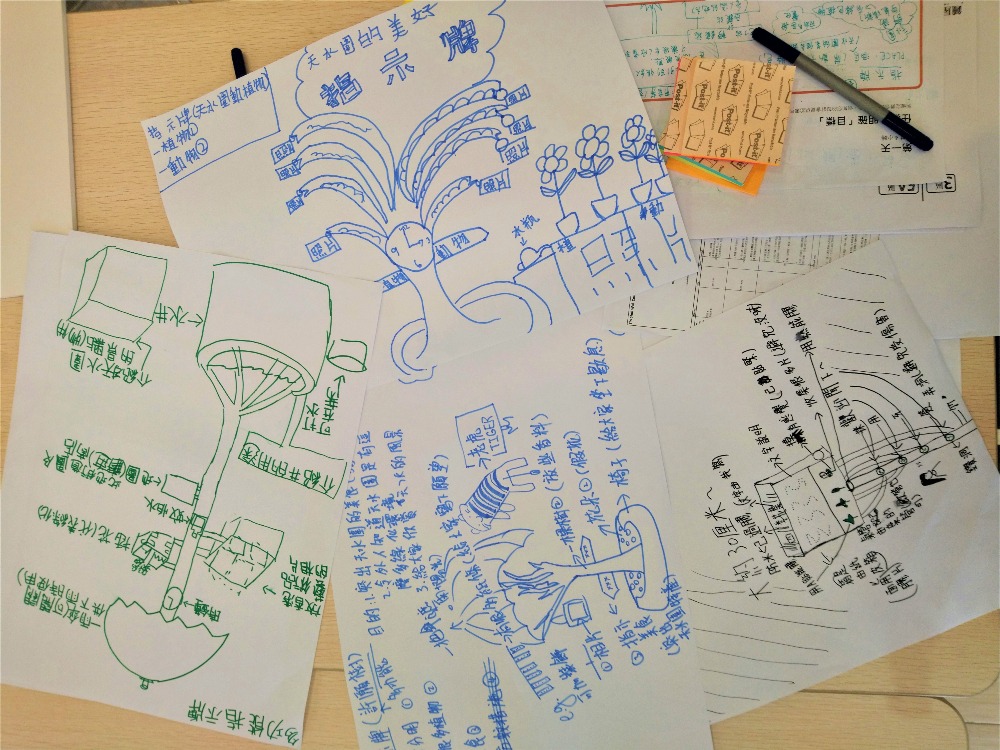
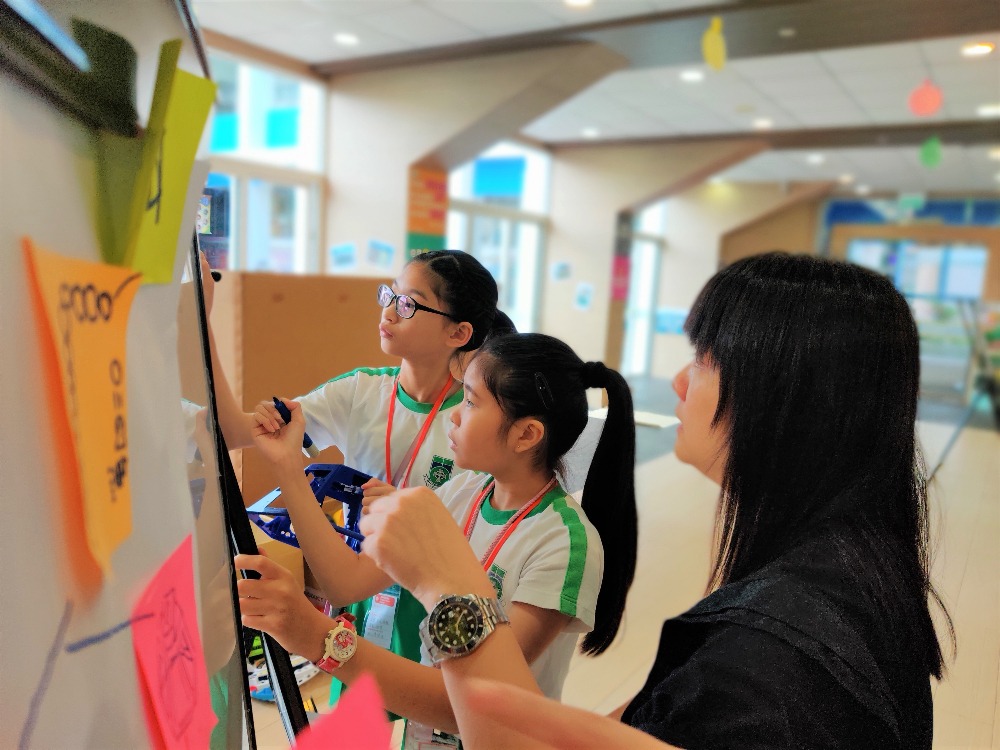
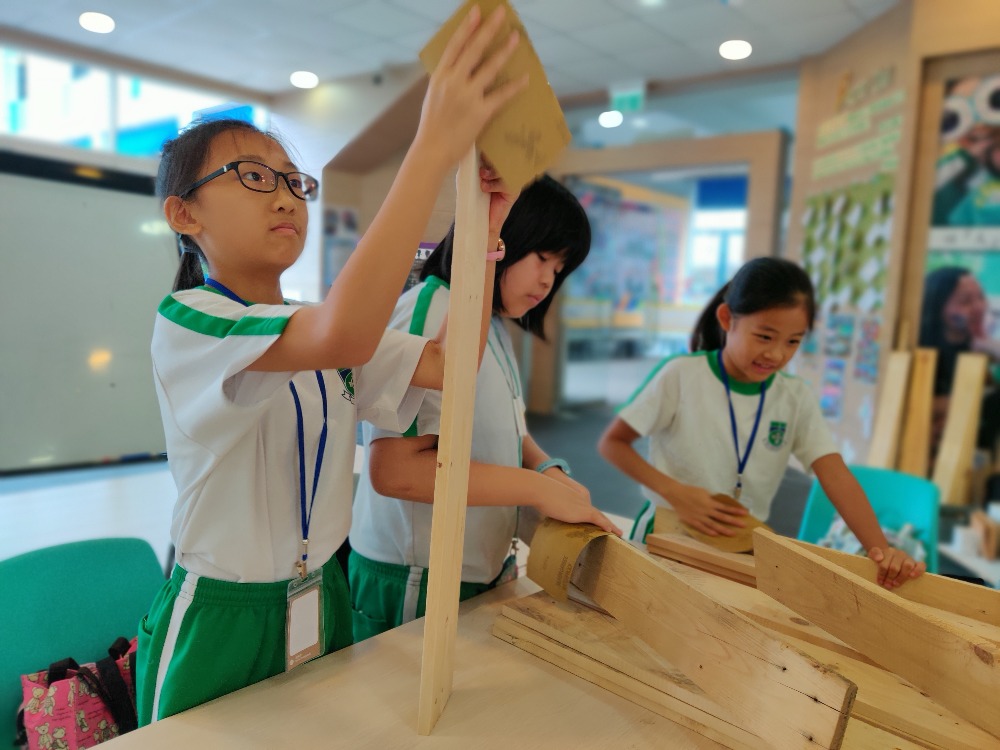
Fail Sooner, Succeed Earlier
Once an idea had been come up with, the mentors took the initiative to brief the students the way, the challenges and the steps of the making of a Prototype with the use of insignificant materials, so that the students would visualize how the finished product would look like. In the past, students only went through simple steps by making sketches and drafts, but the group here could experience the entire Prototype making process and therefore had a clearer picture on the cost-effectiveness in the forthcoming production of the finished object. All team members were more alert of the systematic use of the materials and more aware of individual work specialisation: while some did the measurement and cutting, others stuck the unprocessed paper board. More importantly, their design ideas between the stages of Prototype making and completion could always be updated. Regarded as a mock production of the finished work, the Prototype stage allowed the students to better understand the difficulties in the final production and to further collect ideas for improvement from the peers and even the end-users. As one of the important learning processes in creative designs, Prototype making is no wonder considered a stage where "the sooner you fail, the faster you succeed.”
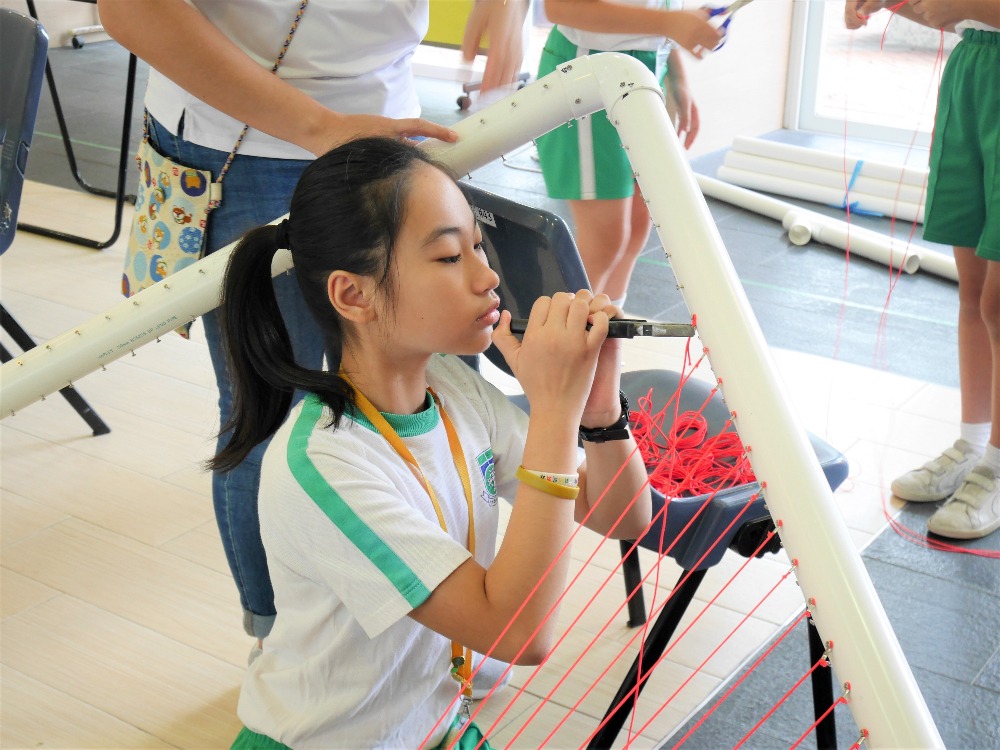
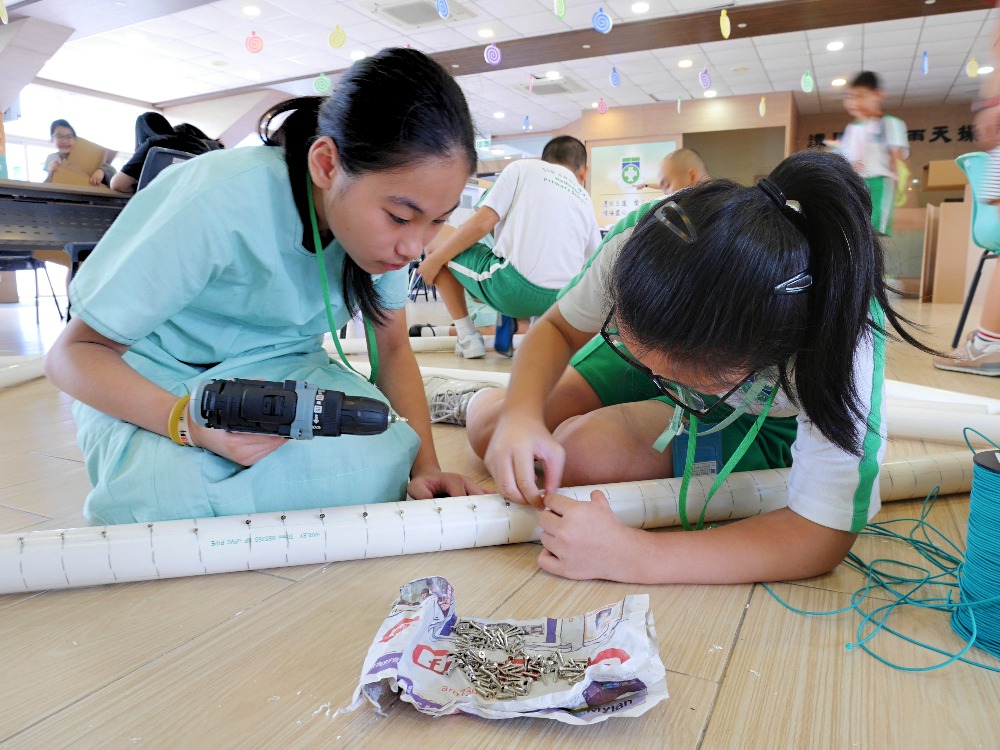
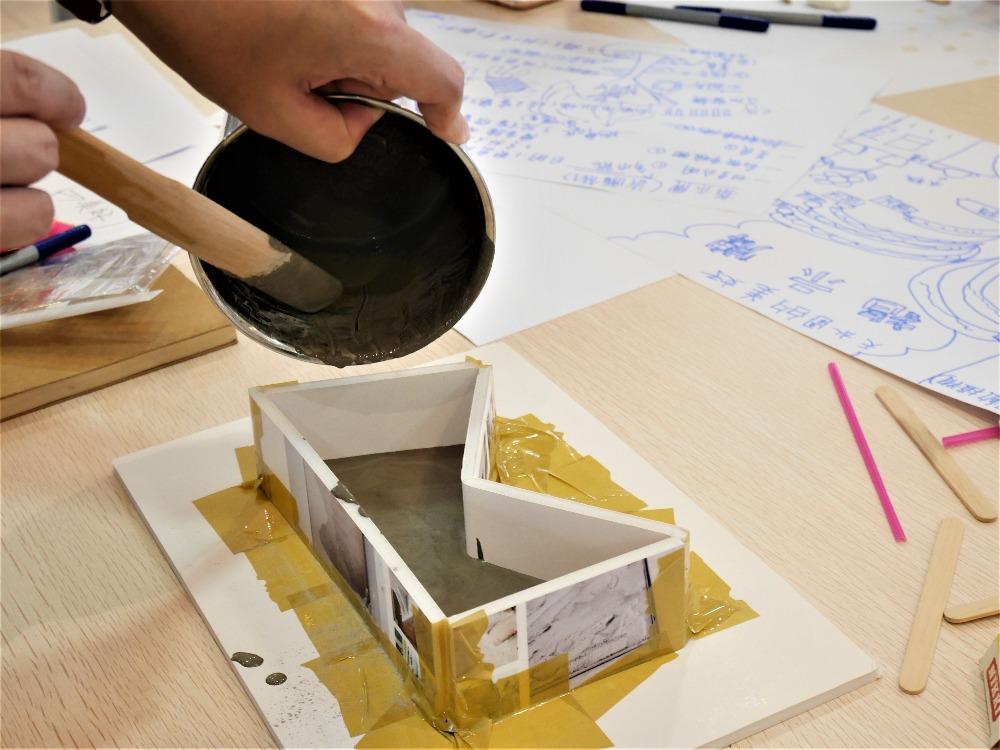
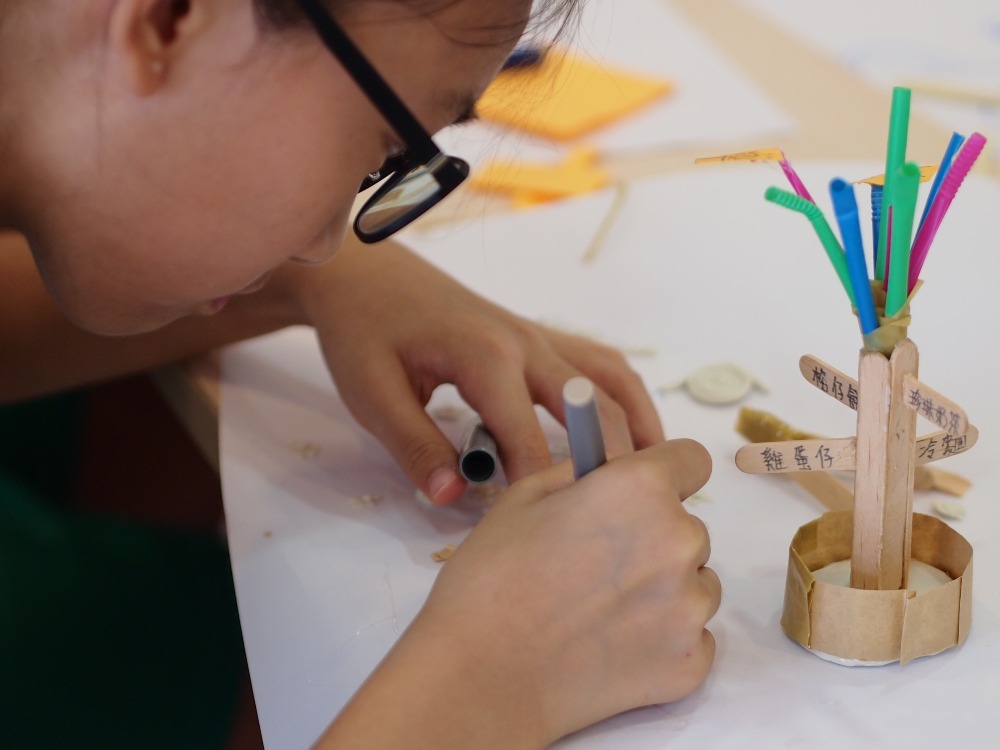
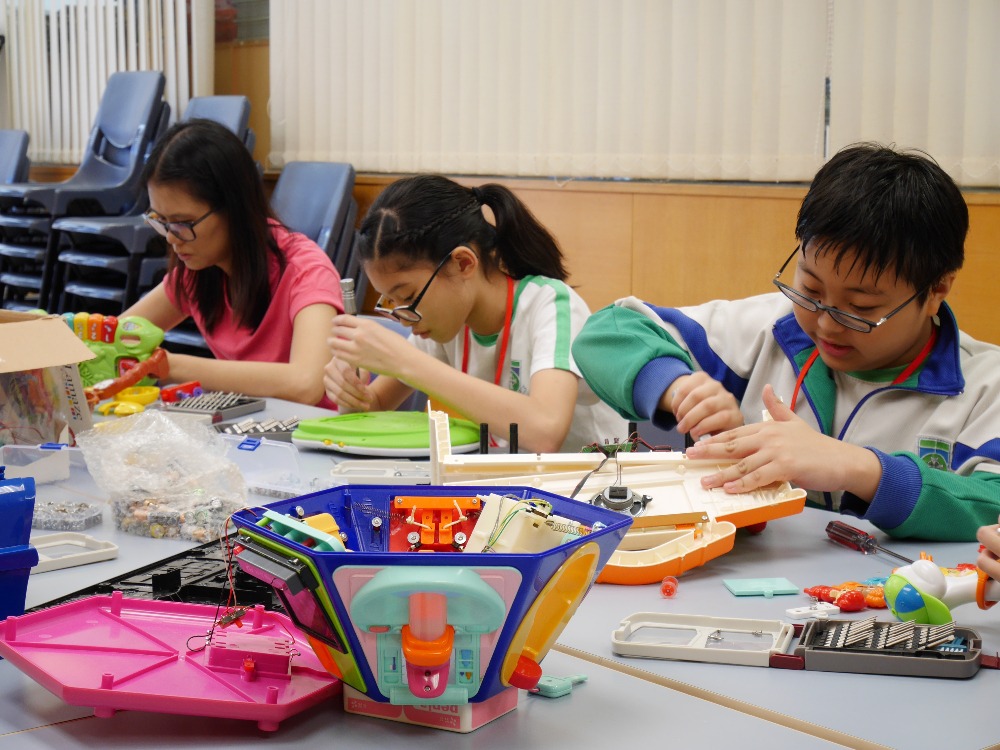
Learning for Students
The teachers are always content with the students’ final works and their satisfaction therefrom. However, learning should not simply stop there. When the works were given test runs among different groups and teachers, and were even placed at PMQ for public exhibition, what touched me most was the confidence and success radiated from the students. As the students were already happy that their works were highly acclaimed by the visitors, they were even more eager to share with different people their creative ideas, to discuss the way to improve their own community, and to listen to the suggestions even from others of different nationalities. The manifestation of their confidence and persistence made me fairly believe the entire benefit of the programme went direct to the students.
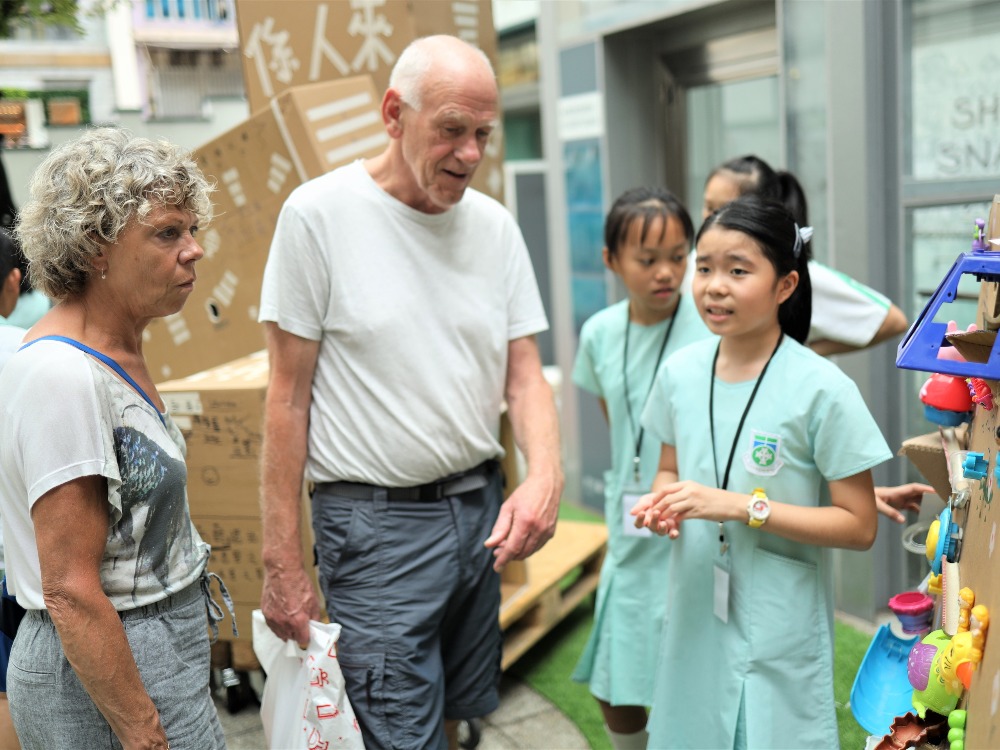
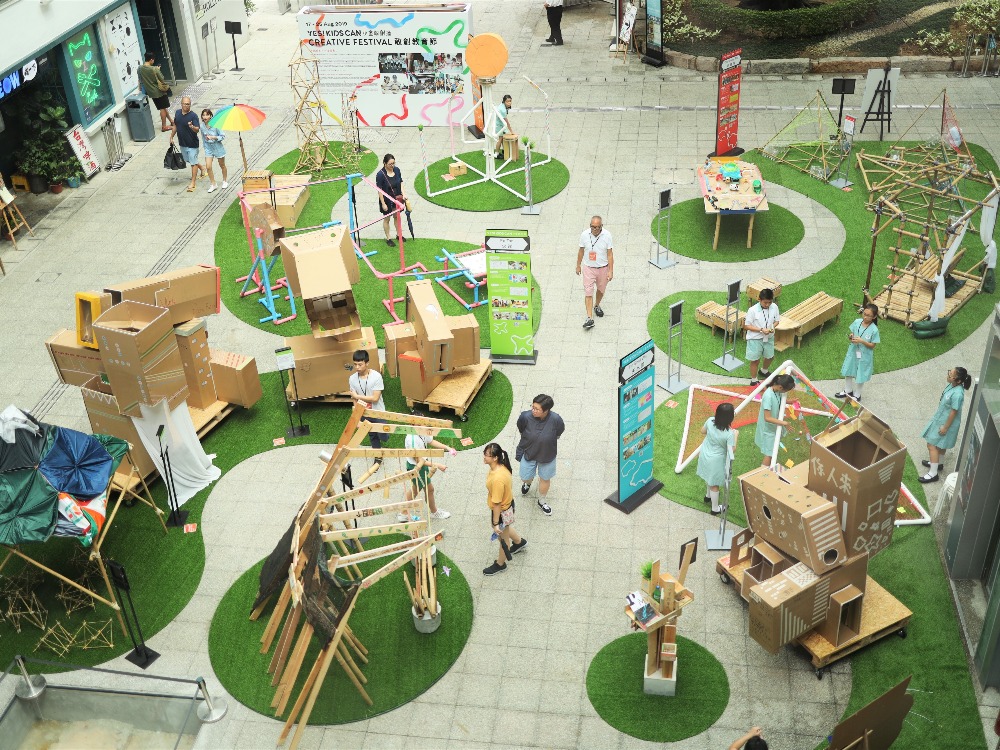
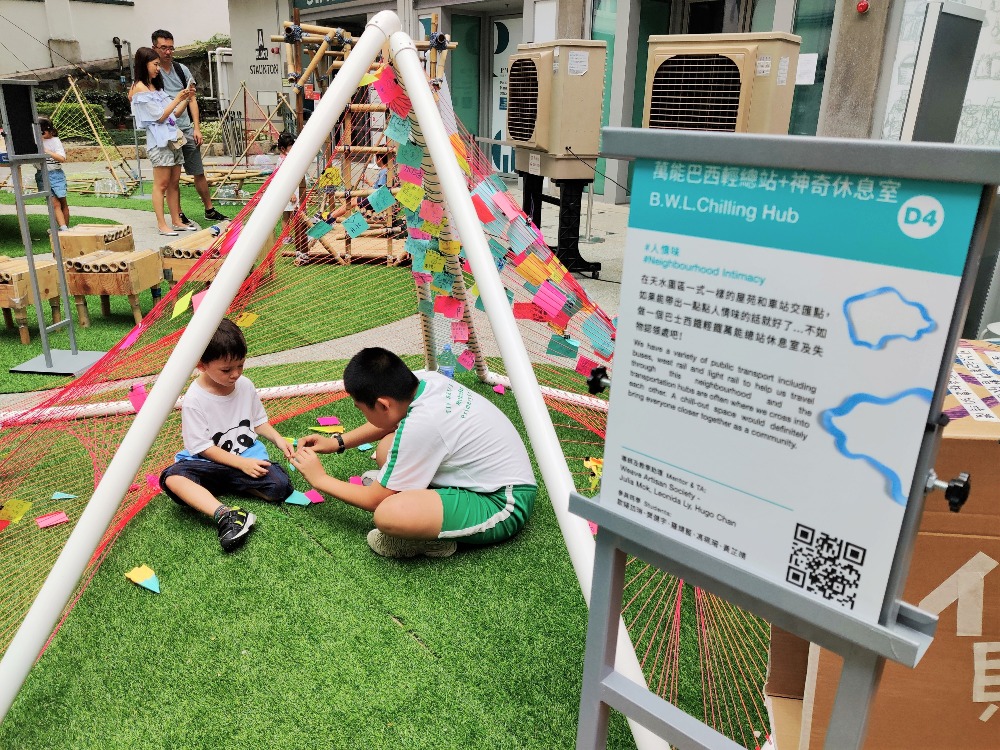
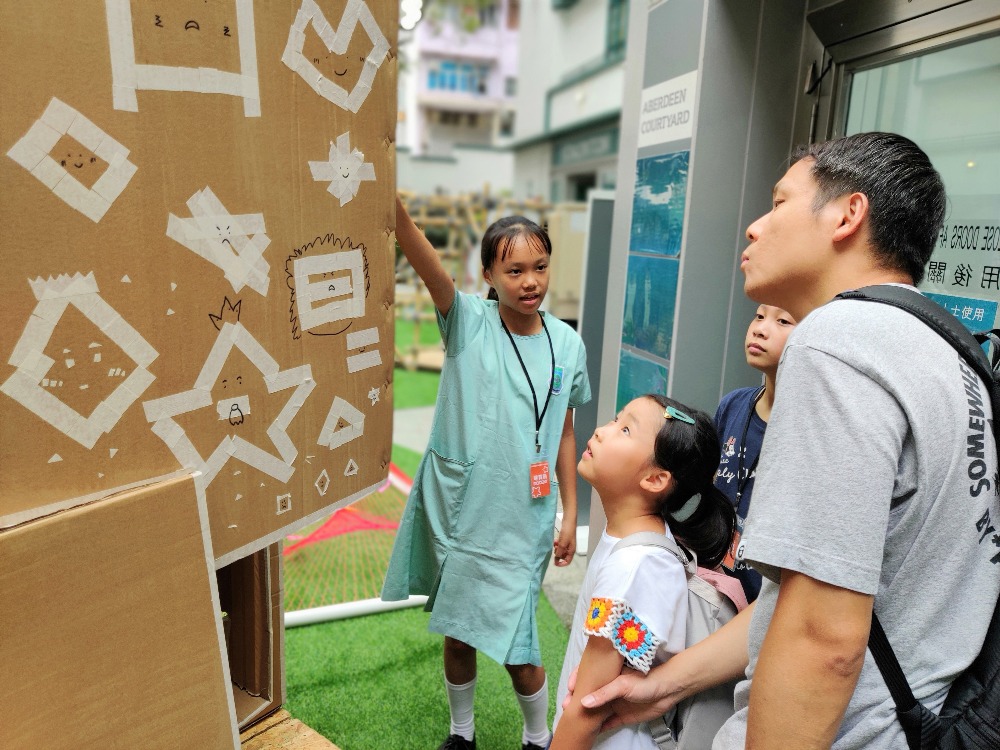
Continued Learning
The completion of the work does not mean an end of the learning; instead, it is the beginning of another cycle of learning. The 24 participating students fought for an additional exhibition at school since they thought other teachers, students and parents as the community stakeholders should be informed of the path to pave for a better community. In order to fulfil the junior creators’ request, a pop-up exhibition was run for 30 minutes after school in the playground on three weekdays. Before the exhibition, the students purposefully set up in the playground half an hour earlier. During the display, they summarised the experience of transforming the community subject to the time availability. After the exhibition, they scrutinised their creative works before wrapping them up. When the teachers planned to integrate the experience into the curriculum, they even asked for serving as "consultants" to share their learning experiences with the new primary 5 students.
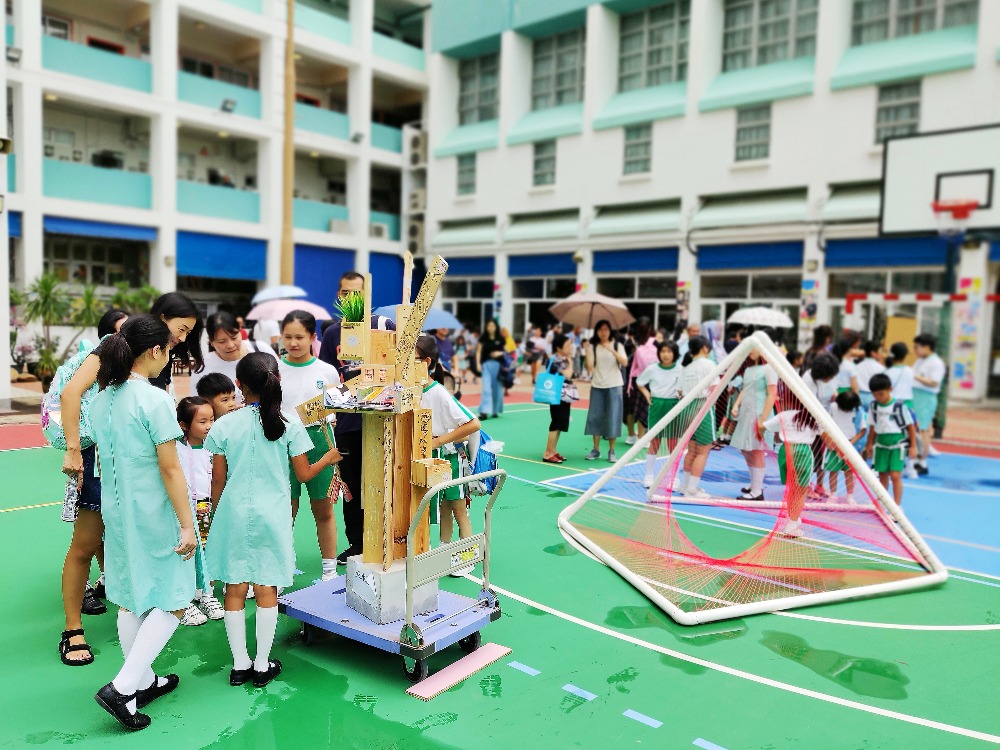
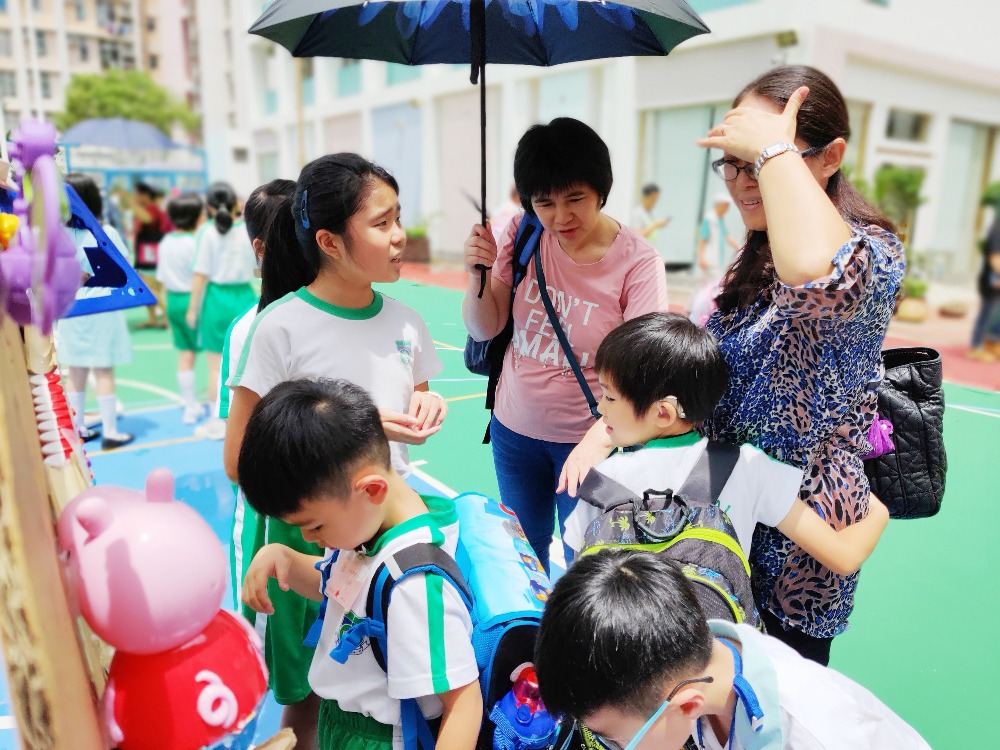
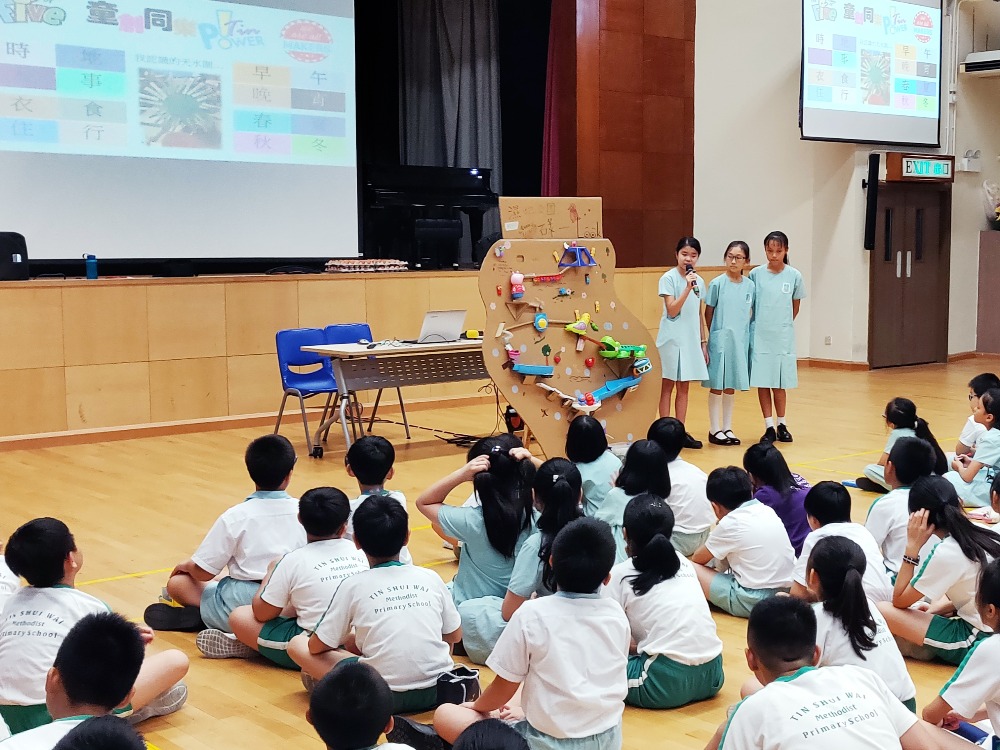
In the past, the focus of many STEM education programmes was only cast on the study of every individual area highlighted by the four English alphabets, or simply an extension of individual studies even if "R" and "A" are added. However, the "YES! KIDS CAN" programme curated by PMQ gave us another experience in STREAM when creativity was integrated into education: the "A" was no longer the pure study of Art, but also the education of Attitude. The students' design ideas were based on their empathy on the community stakeholders, while the mentors’ mentality in promoting learning differed from the traditional taught pedagogy. Besides the completion of creative works, it was very important the concept of accepting others’ opinions and having further improvement to optimization was taught and shared. Therefore, we have decided to plan to integrate the relevant educational experience into our interdisciplinary courses for a more systematic and holistic development for students.
I would like to take this opportunity to thank PMQ and its professional mentor team for their assistance in enriching our teachers and students with a creative and meaningful learning journey.

